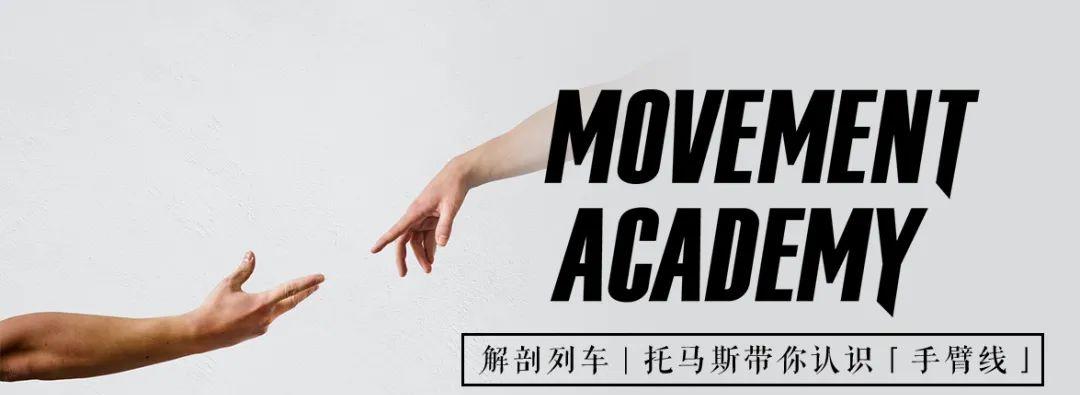
The upper limbs of humans are very complex joints.
There are more than 20 bones on one side of the upper limb (humerus, ulna, radius, 8 carpal bones, 5 metacarpal bones, 14 phalanges), which do not include the shoulder blade and collarbone.
The muscles attached to these bones are more complex and diverse.
So how can we better understand the relationship between these musculoskeletal and musculoskeletal?
Next, we may wish to examine the relationship between them from the perspective of "dissecting the train fascial continuum".
1
Dissect the train fascial continuum
Four of the 12 meridians of the anatomy train are arm lines, and each arm line is named based on its position in the armpit.
▲ Naming of 4 arm lines
Each arm line is connected from the axial bone to the appendage bone of the arm and extends all the way to the four corners of the palm.
There are too many arm muscles, so how do you remember the approximate orientation of each arm line and the muscles it contains?
2
Bird wings
In fact, we can compare the human arm to the wings of a bird, and the top of the wing is the surface line behind the arm. This fascia continuum starts from the deltoid and trapezius muscles, runs along the outside of the arm to the back of the forearm, and finally stops at the fingertips.
At the base of the wing is the anterior surface line of the arm, which starts with the strong pectoralis major and latissimus dorsal muscles, along the front side of the arm all the way to the palm of the hand.
The front of the wing is the deep line of the anterior arm, from the pectoralis minor muscles through the biceps and then down to the thumb; the back of the wing is the deep line of the posterior arm, which includes the diamond muscles, rotator cuff muscles, triceps, etc., and finally stops on the side of the little finger of the palm.
▲ Bird wings
In general, the front and back of the arm surface line provide power to the arm, allowing the arm to complete throwing, swinging, lifting and other actions.
Because there are many large and strong muscles on these meridians, such as pectoralis, trapezius, latissimus dorsi, etc., the deep line in front of the arm and the deep line behind the arm provide stability and precision of movement for the arm.
Let's take an example of stability.
When you adopt the four-point posture of hand and knee support, if you feel that the pressure on the inside and outside of the palm is unbalanced, it is easy to have abnormal movements when doing subsequent training. You need to adjust the pressures on the inside and outside to get them back into balance, and this adjustment is done by the depth of the front and back of the arms.
Let's take another example of motion precision.
Tennis player Nadal can often hit a stunning upward spiraling moon ball, and at the moment the racket hits the ball, the arm must drive the racket to create a specific friction with the ball. This requires a high degree of precision in the swing action, and there can be no slightest error in terms of force, speed and angle.
The precision in this kind of action is controlled by the deep line in front of the arm and the deep line behind the arm, and such examples also appear in baseball pitching, golf hitting and so on.
Understanding these arm lines can not only help us better understand the flexibility and stability of the arm in movement, and thus better improve the athletic performance of the relevant area, but also help us solve the pain or discomfort in the shoulders and neck.
In the next article we will analyze this aspect.
Stay tuned.